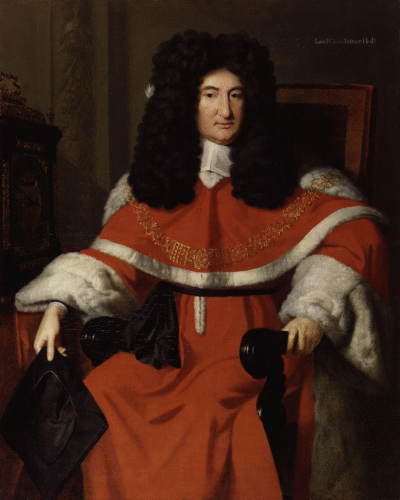The Witchcraft Acts in England: From Witch Hunts to Stopping Fraud
Despite being set in 1870, in the World Wrights series, the characters often refer to accusations of witchcraft and the Witchcraft Act of 1735, and how it should protect them against such accusations.
The Wright’s ability to manipulate the Elements, Earth, Fire, Water, and Air, makes it easy to see how they would fear accusations of witchcraft and sorcery, but why would a 1735 law be so significant to them, almost one hundred and fifty years later?
What Were the Witchcraft Acts?
The Witchcraft Acts were a series of laws passed in England to deal with people who were believed to use magic or consort with evil spirits. The first big law came in 1542, during the reign of King Henry VIII. This law made witchcraft a crime punishable by death.
This was followed by a stronger law in 1563 under Queen Elizabeth I. That one also made it illegal to practice sorcery or communicate with evil spirits, especially if your magic harmed someone. Then in 1604, King James I (who was very interested in witch-hunting) passed an even stricter law. It didn’t just punish witches for hurting others—it punished them for any use of magic, even if considered ‘healing’ magic.
Why Were These Laws Passed?
The early Witchcraft Acts were based on fear. The government wanted to keep order and calm people’s fears, so it gave them a legal way to deal with suspected witches. People in Tudor and Stuart England were deeply afraid of witches.
In a time where science was rudimentary at best, there was little way to make sense of misfortune. So, when things went wrong—bad weather, illness, crop failure—fear and superstition drove people to look for causes. Blaming a neighbor who might be a little different or difficult was only natural. In suprisingly, accusations of witchcraft were often aimed at older women, healers, or people who lived on the fringes of society.
But over time, beliefs changed. People began to see that illness and misfortune had natural causes leading to changes in the laws.
How Things Changed

By the late 1600s, science was becoming more important, and many educated people believed that illness and disasters had natural causes—not magical ones. People started to question whether witches were real. By the early 1700s, persecution of witches declined dramatically, greatly influenced by Sir John Holt.
In 1736, Parliament passed a new Witchcraft Act that finally put an end to death sentences for witchcraft. Not only did it end legally sanctioned witch hunts in England. it punished people who pretended to be witches or to have magical powers. The British government no longer believed that people could actually cast spells, fly on broomsticks, or turn into animals. So instead of punishing magic, the law punished fraud.
The 1736 Act stated that anyone who claimed to use magical powers to tell fortunes, find stolen goods, or heal diseases was guilty of deceiving others—and could face a year in jail. It treated these claims as scams, not spells.
Witchcraft in the Victorian Era
In Victorian times, belief in magic and ghosts was still around, but the law saw it all as nonsense. The 1735 Witchcraft Act was still in place, and anyone claiming magical powers could be fined or jailed—not because they were dangerous, but because they were seen as cheats or swindlers.
By the time of the World Wrights, in 1870, no one had been persecuted as a witch in nearly one hundred and fifty years. But it is not hard to imagine that the fear witch hunts caused ran deep through the Wright’s Guild. The Witchcraft Act of 1735 would have been a huge shift in their world—no more fear of persecution as witches, and those who might accuse them of such, could be charged with violating the Witchcraft Act.
Now, after that century and a half of breathing space, the Industrial Revolution in come to shake up the Wright’s world again!
References
Davies, Owen. Witchcraft, Magic and Culture, 1736–1951. Manchester University Press, 1999.
Gaskill, Malcolm. Witchfinders: A Seventeenth-Century English Tragedy. Harvard University Press, 2005.
Hartland, Nicole. “Which Witch(Craft Act) is Which?”. UK Parliament Blog. Oct 28 2020. Accrssed Jun 17, 20205. https://archives.blog.parliament.uk/2020/10/28/which-witchcraft-act-is-which
Levack, Brian P. The Witch-Hunt in Early Modern Europe. 4th ed. Routledge, 2015.
Sharpe, James. Instruments of Darkness: Witchcraft in England, 1550–1750. Penguin Books, 1997.


Comments
The Witchcraft Acts in England: From Witch Hunts to Stopping Fraud — No Comments
HTML tags allowed in your comment: <a href="" title=""> <abbr title=""> <acronym title=""> <b> <blockquote cite=""> <cite> <code> <del datetime=""> <em> <i> <q cite=""> <s> <strike> <strong>